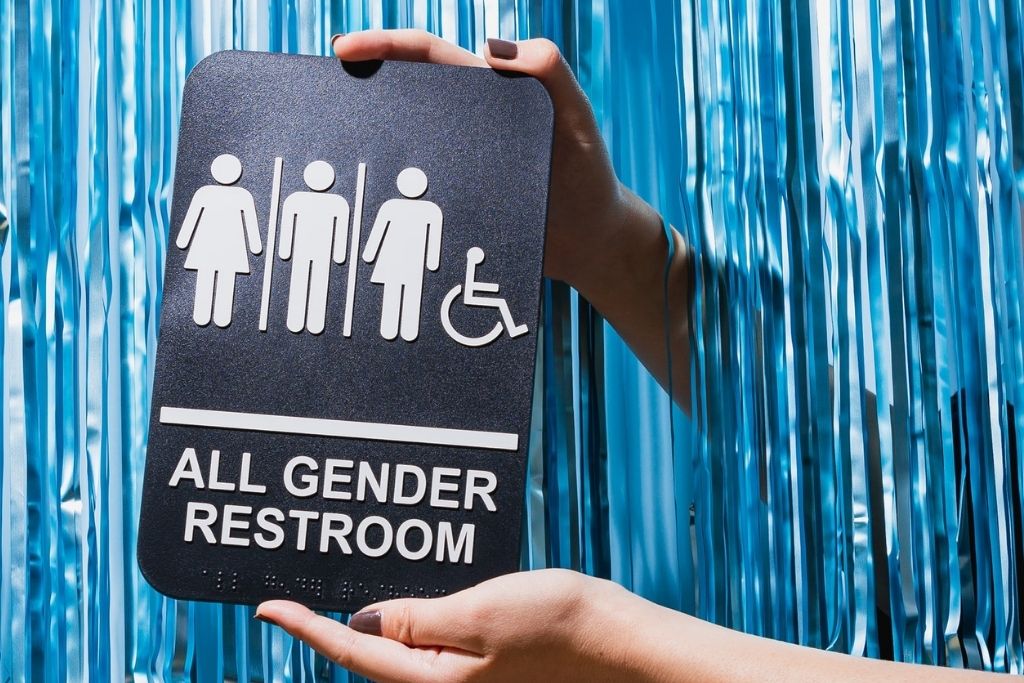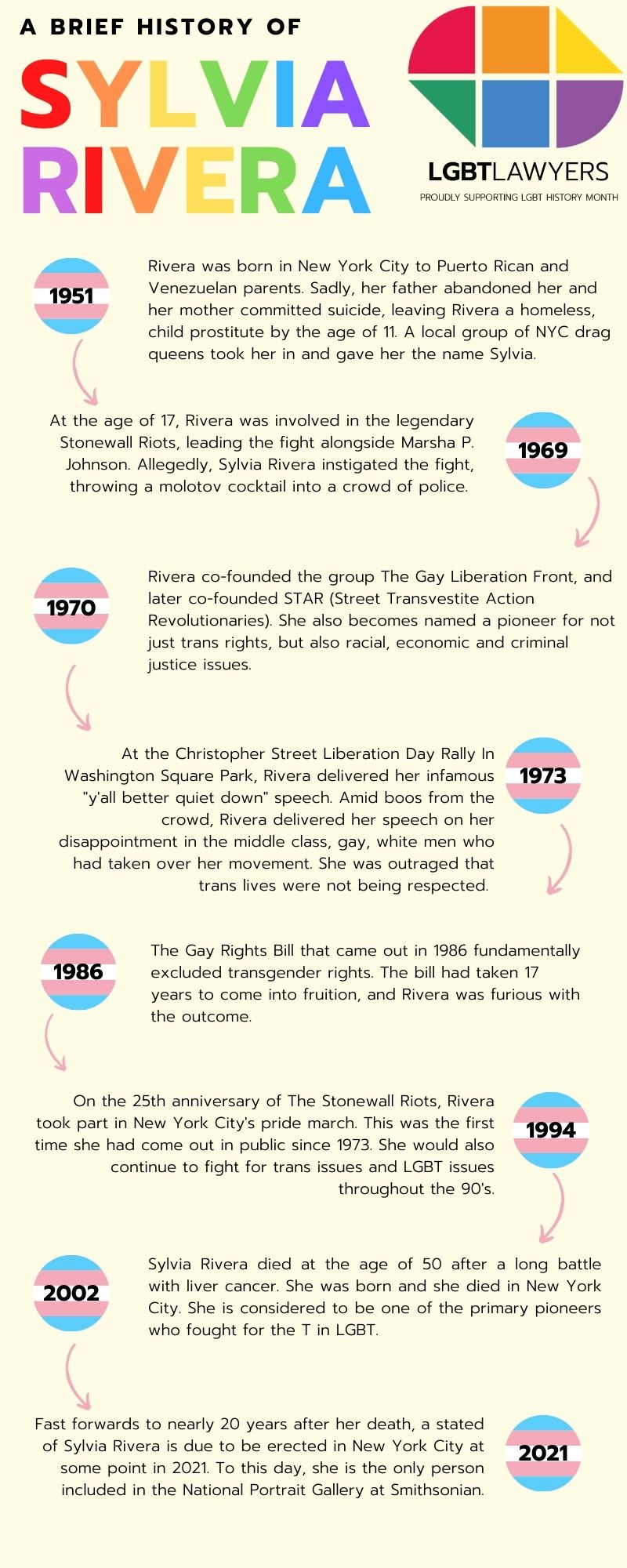gender reassignment | Read Time 10 Minutes.

Today in the UK, roughly 1% of the population identifies as transgender or non-binary. This number is hugely progressive, compared to the 143 gender reassignment surgeries which were reported in 2009.
Despite the numbers growing in the UK, the process of transitioning is no easy thing. Legally changing your birth gender identity is lengthy, costly and hugely emotional.
The legal requirements of transitioning are also highly detailed, and vary from person to person. It’s important to know what these legal requirements are as there are likely to be some aspects that you are not aware of.
LGBT Lawyers has a list of the 5 most important things to consider when going through a gender transition, to make the process a little easier.

5 Legal things You Need to consider
1. Where do i start?
Exploring your gender identity is a very personal process and the path to self discovery depends on you as a person.
Generally, starting the gender reassignment process is (but is not limited to):
You can start by connecting with yourself internally and then connecting with the community. You can go to support groups, community groups, talk to like minded people or talk to a therapist or doctor who specialises in gender identity issues. This will build up your self confidence and help you to approach friends and family.
When you are confident enough, you begin the process of socially transitioning. This includes talking to friends and family, changing your hair or wardrobe style, or changing your physical appearance by doing things such as “tucking” or “binding.”
Legally, if you are under the age of 18 in the UK, you need to speak to a psychologist and a doctor before you go down the route of medically transitioning.
Medically transitioning includes hormone therapy, gender affirming surgeries, speech therapy and hair removal. Everyone, regardless of age, needs to acquire a document from a medical professional that they are experiencing “gender dysphoria”. You need to do this before you can go through the process of legally changing their gender.
2. The process is going to be long, emotional and costly.
Now this doesn’t mean that the it won’t be worth it: it absolutely will be. But there are some things about the process that it’s important to know.
Currently, the process for legally changing your gender starts with receiving a grant under The Gender Recognition Act 2004 (GRA).
The GRA essentially enables transgender adults to apply for a Gender Recognition Certificate (GRC) which legally acknowledges their chosen gender identity and allows them to live in that gender.
There are a set of strict regulations that are included when applying for a GRC, including:
- You must be over the age of 18 and will have to pay a £140 fee to apply.
- Having a medical report that confirms gender dysphoria.
- Having a medical report of any surgeries had or any surgeries planned.
- You need evidence that you lived in the acquired gender for a minimum of 2 years.
- Finally, you’ll need a declaration that you decided to live fully in your new chosen gender.
Once granted a medical report from a doctor that states you are experiencing “gender dysphoria”, a panel of legal and medical experts will review the evidence before deciding whether to issue a certificate.

3. Paperwork, paperwork and more paperwork!
Going through a gender reassignment means legally changing almost every recorded document that has your birth name and given gender on it.
These might include:
- Drivers license
- Passport
- Bank account details
- Credit/debit cards
- Any documentation that is related to your job
- Medical records
- Academic certificates
- Birth certificate
- Any wills you made, or are in
On top of this, when you are applying for the GRC, you must submit a lot of evidence, filled in forms and certificates. So prepare to fill in lots of paperwork!
Some find themselves having to explain their chosen gender identity to people over, and over again. Especially if you have to go into public offices such as banks and institutions.
4. The Process Changes If You’re married or in a civil partnership
Applying for a GRC is slightly different if you are married or in a civil partnership.
If you are married or in a civil partnership at the time of your application for a GRC, you will only be able to apply for an Interim Gender Recognition Certificate (IGRC).
1) Firstly, you both agree to the transition and you wish to stay married. Then, both of you need to fill in a statutory declaration saying you both wish to stay married. You will receive an IGRC, and you can only apply for a standard GRC once/if the marriage is ended.
2) Maybe you and your partner do not wish to stay together. Apply for an IGRC, and this can be used as grounds to end the marriage. Only apply for a standard GRC once the marriage is officially ended.
Your partner cannot block you from applying for an IGRC, but they can try to prevent a divorce from taking place. In this case you would need to try and push through your divorce and finalise it before applying for your official GRC.

5. If You Changed Your Gender Abroad, It May Not Be Valid in the UK
If your gender was certified from the EU then typically this should be recognised in the UK.
A different scenario could be when your gender was certified from outside the UK, but you are British and have a British passport, then need to re-apply for a GRC when you are in the UK.
However, if your gender was certified from outside of the EU or the UK or you are not a British Citizen, then this will not be automatically accepted. You need to re-apply on arrival for your gender to legally certify in the UK.
You can generally do this by making an overseas track application, which will grant you GRC, without providing much more additional information. It is worth noting that an overseas track application can take a really long time to be approved.
6. Understanding your rights
The Equality Act 2010 supports those with protected characteristics from any form of discrimination or harassment. And as fantastic as the act is from a legal perspective, people don’t always act in accordance with it.
It is a sad truth that transgender people often face serious gender reassignment discrimination and mistreatment in the workplace and in education.
“trans people make up approximately 1 per cent of the UK population, yet discrimination against trans people remains significant. They are more likely to experience discrimination and violence than any other minority group. According to a 2018 report, 1 in 3 employers are less likely to employ a trans person than a cis person.”
Statistics show that transgender people are more likely to:
-Face issues at work such as discrimination by other colleagues and lack of pay or opportunities by their employer.
-Harassment and discrimination in the workplace.
-To face abuse or violence, both physical and sexual.
– Being evicted, denied housing or becoming homeless.
On top of this, transgender people experience high levels of abuse and discrimination. Stonewall estimates that (based on statistics from 2020) 83% of transgender people experience some form of discrimination. This includes 2 in 5 experiencing a hate crime, and 2 in 5 transgender people attempting suicide.
But all is not lost.
Despite the fact that the numbers are higher, there are new laws, policies and training manuals in places. These are to protect trans employees, and also educate other employees on trans rights.

7. Preparing for the future
One of the most exciting things about transitioning is settling into your new life in the gender that you identify with.
But what if, one day, you decide that your transition isn’t all you want it to be?
Detransitioning is the process of reverting back to your birth gender. Although it is not given much attention in the media, detransitioning is actually at the highest it has ever been in the UK.
There are so many reasons for detransitioning. Some find that their new life isn’t all they expected it to be. Others detransition for medical or fertility reasons.
The best example of this is the case of Keira Bell, a 21-year-old woman who transitioned to a man at 16, and then decided she wanted to detransition years later.
While the process of detransitioning is possible, it can pose similar legal and psychological issues as transitioning.
Many of those who decide to detransition claim that it was psychologically more difficult than it was to initially transition. Some experience more isolation and depression. Many of those who detransition were children at the time, and explained how they were not given enough guidance when they started their gender identity journey.
DEVELOPMENTS and revisions of gender reassignment LEGISLATION
Over the past couple of years, people criticised the way the gender reassignment system functions, with many people raising complaints about the process.
The difficulty with the process is how long it can take to get the GRC. Some people have reported that it can take up to 5 years for their certificate to be approved.
Many feel that that process of appearing in front of a specialist panel and having to pay for your GCR is degrading, outdated and needs reviewing.
Another overwhelming response is that the process of a doctor medically recognising you as having “gender dysphoria” is belittling, misunderstanding and derogatory.
Back in July 2018, the Government Equalities Office put forwards proposals to “facilitate the application process.” The consultation process ended in that October and reform has come to a halt since then.
Whatever you choose to do with your gender or your gender identity, the most important thing is that you are fully informed about the process and about all of your options. We hope this article shines a light into the gender reassignment process, and whatever route you choose, you go into it well informed enough to make the process your own.
Hey! Where are you going?!
We think you might enjoy our short piece on legendary transgender icon, Sylvia Rivera. Take a look at her life and her achievements.




0 Comments